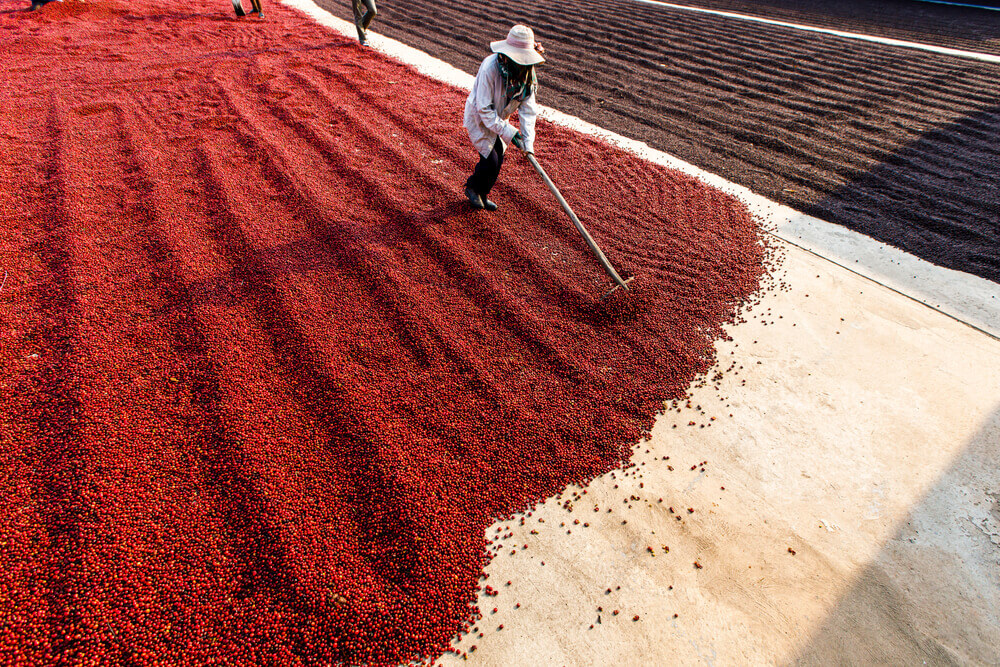On Tuesday, coffee prices went down due to favorable dry temperatures in Brazil, which sped up the harvesting process.
Coffee futures for September delivery declined by -1.44% to $157.55 per pound on July 11’s Asian afternoon session.
Due to the dry weather conditions in Brazil, costs were moderately lower since the pace of the crop’s harvest went faster.
According to experts, the Minas Gerais region in Brazil received 0.10 mm of rain last week. Besides, the region is responsible for 30.00% of the country’s arabica crop. If dry weather patterns continue, it could further quicken the pace of coffee harvest.
Moreover, lower prices were limited since the Colombia Coffee Growers Federation reported tighter supplies. They said June exports dropped by -20.00% year-on-year to 748,000 bags. Colombia is the second top producer of arabica beans globally.
Higher supplies harm prices after deliveries from Honduras, the largest producer in Central America, went higher. The increase was 37.00% YoY in June to slightly over one million bags.
On the other hand, coffee prices gained support from higher 2022/23 deficit estimates of -6.40 million bags. It was led by a 3.60 million bag cut in production forecast to 164 million bags. Additionally, lower outputs were caused by weaker production in Brazil and Columbia.
US Fair Trade Freezes Coffee Prices
Fair Trade USA made a controversial announcement that led to a freeze on their coffee prices. It affected minimum pricing and premiums under the Fairtrade Certified label in 2023.
In March, they stated that they would increase their Minimum Price of coffee from August to provide a safety net for farmers. The move was to help them deal with rising inflation, production expenses, and unpredictable market prices.
However, the organization said that it previously used the same price model as Fairtrade International. According to them, it was voluntary, meaning they were not required to follow that same path.
Moreover, over 600 Fairtrade coffee producer organizations globally asked them to reconsider their strategy. They added that the movement would push producers to sell the beans under the cost of production.











